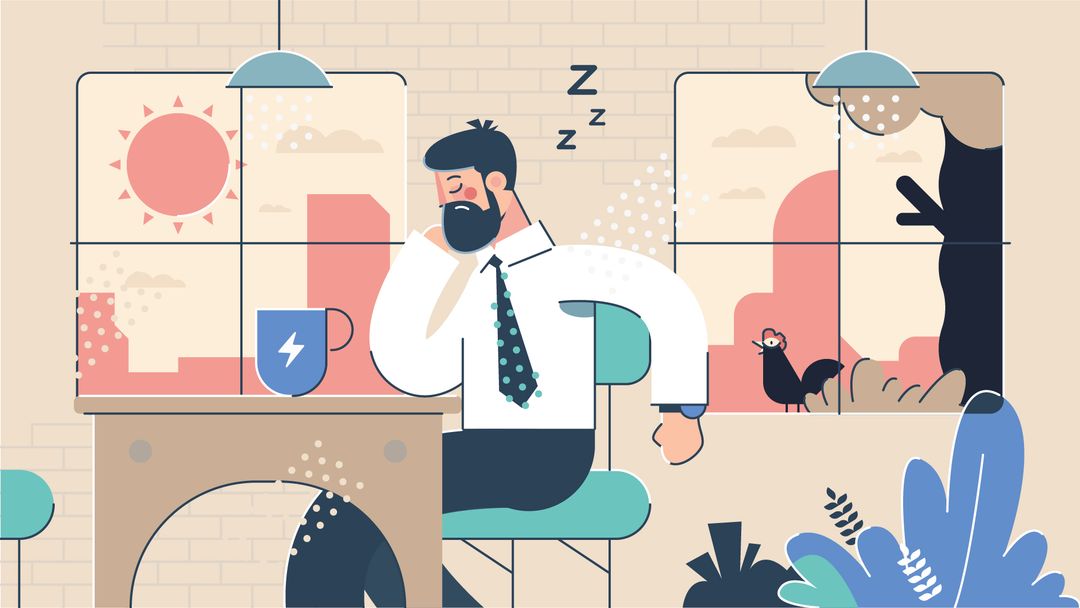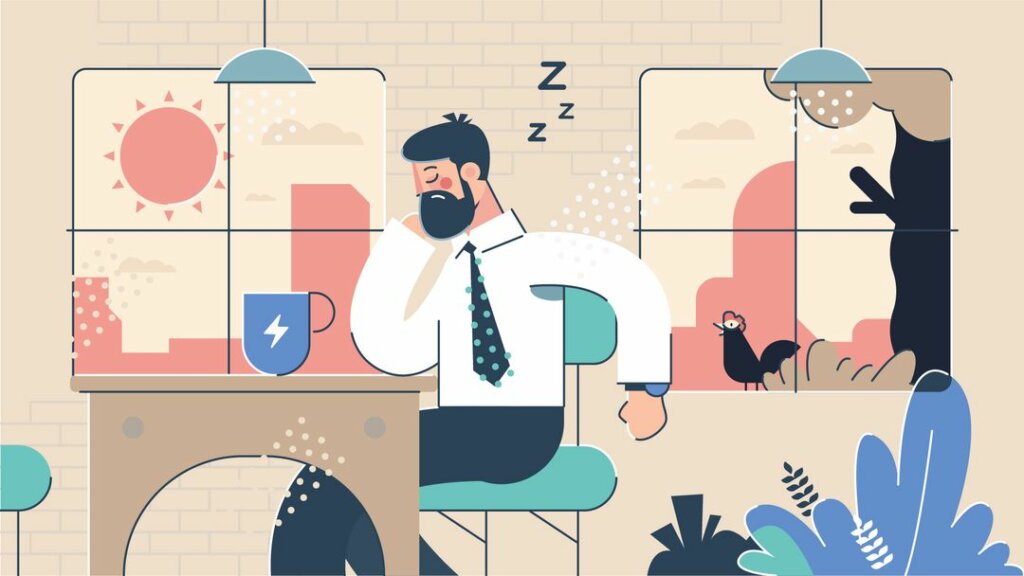We all know people who either describe themselves as “not a morning person” or identify as “a night owl.”
The former are those types you’ll want to avoid talking to before 11:00 A.M., or at least until they’ve had coffee or whatever it is that jumpstarts their day. The latter are the ones who are amazingly still alert and awake even when everyone else is just about ready to pass out and sleep.
Now, while these traits might seem like a function of someone’s personality, they can actually be reflective of a condition called circadian rhythm sleep disorder (CRSD).
CRSD isn’t a standalone condition; rather, it’s a family of disorders featuring disruptions in the sleep-wake cycle. These disorders may be caused by either intrinsic or extrinsic factors. Basically, when you have something under the CRSD family, your body doesn’t follow the usual sleep and wake times during night and day.
Intrinsic type CRSDs: Delayed sleep phase disorder (DSPD), advanced sleep phase disorder (ASPD), irregular sleep-wake rhythm disorder (ISWRD), and non-24-hour sleep-wake disorder (N24SWD).
Extrinsic type CRSDs: Shift work sleep disorder (SWSD) and jet lag
Can’t sleep and don’t know why? Check out our Complete Guide to Sleep Disorders with symptoms, causes, and treatments on over twenty types of sleep disorders.
Quick Facts – Circadian Rhythm
Frequency: 3% of adults* globally suffer from a CRSD
Risk Factors: Anxiety, depression, genetics, pre-existing sleep disorders like insomnia
Nature: Physical
Treatment: Behavioral therapy, sleep hygiene improvement, medication, bright light therapy, chronotherapy (for kids and teens), lifestyle adjustments
Symptoms – Circadian Rhythm
Based on studies, primary symptom for all six disorders under circadian rhythm sleep disorder is the misalignment of one’s sleep and wake times with one’s ability to fall asleep and stay asleep.
As an “umbrella” disorder, CRSD involves a wide range of observable symptoms. Below is a list of the most common behaviors involved in circadian rhythm sleep disorder.
- Inability or difficulty falling and staying asleep at normal times
- Daytime sleepiness
- Feelings of tiredness and fatigue
- Multiple awakenings in the middle of the night
- Falling asleep too early or too late in the evening
- Poor sleep quality
- Difficulty concentrating and thinking clearly
Causes – Circadian Rhythm
As mentioned, circadian rhythm sleep disorders can be caused by internal or external factors. They can be triggered by activities and conditions that are physical, emotional, environmental, and psychological.
So while each CRSD can be caused by different things, here are some of the common causal linkages they share.
- Drugs and medication
- Frequent travelling
- Frequent changes in work shifts or schedules
- Brain trauma, infection, or injury
- Depression and anxiety
Treatment – Circadian Rhythm
According to research, CSRD treatment methods vary depending on the specific condition the patient has, its severity, and whether there’s an underlying physiological or psychological cause behind the disorder.
For example, people with both CRSD and clinical depression might be prescribed additional treatment and/or medication that is considered unnecessary for someone with jet lag.
That said, here are the most common treatment methods for CRSDs in general.
- Sleep hygiene improvement – This includes following a regular sleep schedule, installing blackout curtains, doing relaxing activities at bedtime and making sure the bedroom is cool and comfortable.
- Behavioral treatments – This includes bright light therapy, which involves exposing the patient to light that mimics natural sunlight to normalize the internal circadian rhythm (body clock).
- Lifestyle adjustments – This includes avoiding alcohol and nicotine, minimizing multi-timezone travel to avoid jet lag, sticking to light meals before bedtime, maintaining a daily routine, etc.
- Medication – Melatonin is often used to help manage jet lag, and stimulants may be prescribed to help patients stay alert and awake during the day.
How You Will Overcome Circadian Rhythm
Typically, circadian rhythm sleep disorders are manageable, non-life-threatening, and do not require drastic medical measures. All it takes is lifestyle changes and improved sleep hygiene.
The most common CRSD among teens and younger adults, for example, is delayed sleep phase disorder (DSPD). It’s when your body adapts to a later bedtime because, say, you regularly spend hours scrolling through your social media feeds as you lie in bed at night.
And really, you can easily solve this problem by putting your phone away once you’re all snuggled up in bed. Those tweets and ‘grams can wait til tomorrow!
In cases where you can’t avoid CRSD triggers (e.g. business trips and work shift schedules), medication and behavioral therapy are always available to help you cope. Just stay informed, pay attention, and soon you’ll figure out what makes you—and your body clock—tick.
Did you know?
This article is part of our Complete Guide to Sleep Disorders – A resource that will help you get your quality sleep back. Click here to learn more about sleep disorders, their causes, symptoms and how to overcome them.



